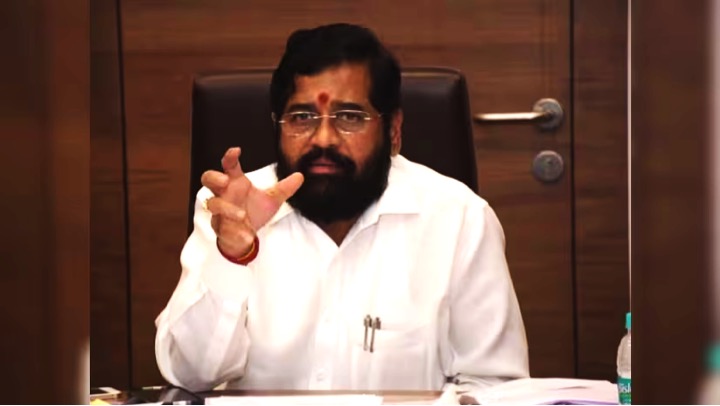Published on September 04, 2020 in The Hindu Businessline
Next phase of National Dairy Plan aims to build and modernise
milk processing infrastructure in organised sector Phase I of the National Dairy Plan (NDP-I), referred to as ‘Mission Milk —The Next Revolution’, implemented by the National Dairy Development Board (NDDB) during 2012-19, helped the country maintain its self-sufficiency in milk production in the post Operation Flood (OF) era. Phase III of OF (1970-96) had transformed India from a milk-deficit nation to the world’s largest milk producer.
The NDP was planned with a 15-year horizon with rollout in two phases. The first, NDP-I, launched in March 2012, aimed at ensuring sustained growth in milk production by increasing animal productivity, for meeting the projected demand of 200-210 million tonnes (mt) of milk by 2021-22. The World Bank assisted NDP-I was implemented by NDDB in 18 major dairying States from2011-12 to 2018-19, with a total outlay of ₹2,242 crore.
NDP-I covered scientific programmes in animal breeding and nutrition with
the objective to enhance animal productivity. A nationwide High Genetic Merit bull production programme was launched to enhance the quality of frozen semen doses. Semen production infrastructure was strengthened along with biosecurity measures.
A model pilot artificial insemination delivery programme with Pashu Aadhaar was implemented, which resulted in improving the conception rate by 47 per cent. These breeding programmes improved the genetics and breeding efficiencies of our milch animals.
Balanced feed
Another critical component of NDP-I was to ensure balanced feed for dairy
animals through a Ration Balancing Programme (RBP) to demonstrate the
benefits of feeding a balanced ration. About 29 lakh animals in 33,374 villages were covered under the RBP. It led to an about 12 per cent reduction in feed cost and an increase in farmers’ incomes. The RBP also resulted in methane emission reduction from dairy animals by 13 per cent, contributing to the government’s efforts to reduce greenhouse gas emissions.
Under Fodder Development, activities covering securing, storing, enriching
and conserving fodder were promoted. A network of micro training centres
with progressive farmers as trainers was set up to disseminate these techniques to other farmers. Expanding and strengthening market access by establishing village-level milk procurement systems was instrumental in providing market access to milk producers. More than 16.8 lakh milk producers in about 52,000 villages were covered and 4,100 bulk milk coolers were established, which resulted in better milk quality. More than 29,000 automatic milk collection units were set up for ensuring milk quality and fairness and transparency in milk procurement.
The Socio-Economic Survey of NDP-I carried out by the National Council of
Applied Economic Research (NCAER) estimated that the average annual
income of a typical project household was 10 per cent higher than non-project households and significantly higher at 38 per cent for the landless. NDP-I contributed to social inclusion of weaker sections and empowerment of women engaged in dairying.
World Bank outcome rating
According to the recently released ‘Implementation Completion and Result
Report’ of the World Bank, the economic rate of return (ERR) was estimated at 60 per cent as compared to ex-ante ERR of 23 per cent. The report lauds the achievement of the physical and financial targets of NDP-I. The World Bank has given the highest outcome rating to NDP-I in its report.
NDP Phase II will be a logical extension to handle additional volumes of milk coming to the organised sector.
Some components envisaged under Phase II of NDP have now been covered
under the Dairy Processing and Infrastructure Development Fund (DIDF) and Animal Husbandry Infrastructure Development Fund (AHIDF) schemes under the recently announced Aatmanirbhar Bharat Abhiyan. This will help build and modernise milk processing infrastructure in the organised sector. Growth in our milk production at over 6 per cent per annum over the last five years can largely be attributed to NDP-I. This growth momentum is likely to continue in the foreseeable future due to the implementation of the Rashtriya Gokul Mission for breeding activities, DIDF and AHIDF.
Temporary aberration
The current situation of surplus milk in some States, leading to lower producer prices and accumulation of milk powder stocks, is at best a temporary aberration owing to market disruption due to the Covid-19 pandemic.
Dairy development has not been uniform across the country. The eastern, north-eastern States and aspirational districts in particular have lagged behind.
In order to ensure inclusive growth in milk production and procurement, it would be necessary to promote the creation of alternative producer owned institutions in these areas where cooperatives are absent or weak. This will truly make our country self-reliant and self-sufficient in milk.
(The author is Chairman, National Dairy Development Board. Views expressed are personal)
As published in The Hindu business line on Sep 4th 2020



























